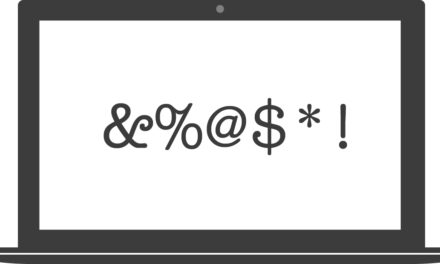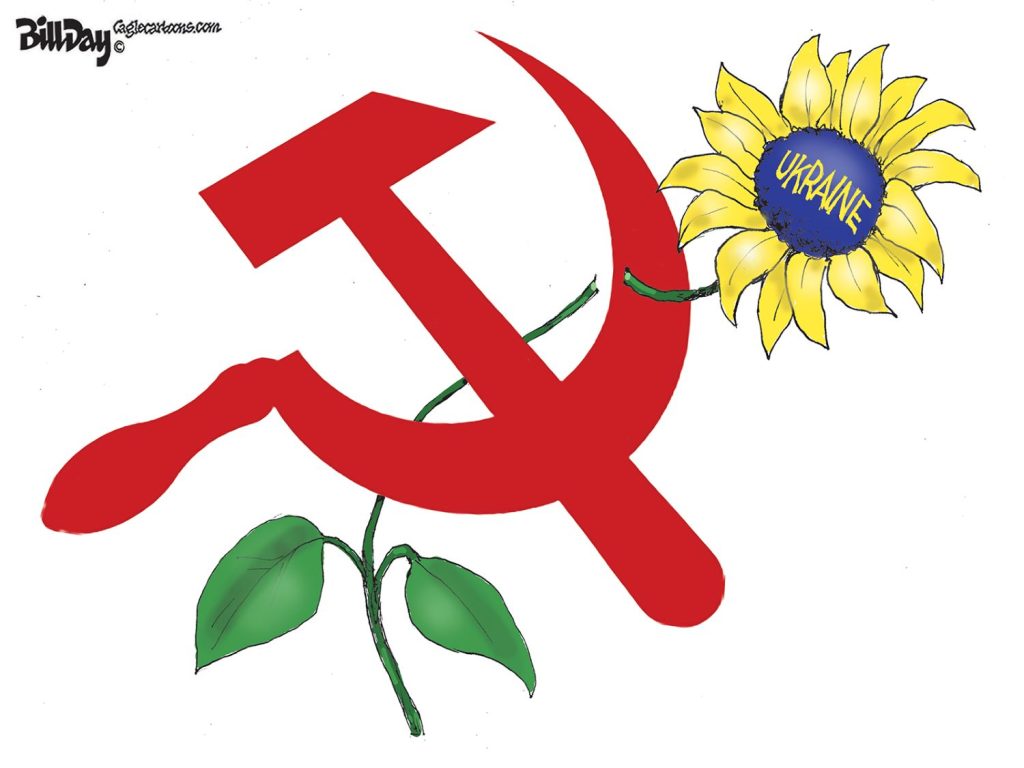By John Branston
The Atlantic Monthly magazine has a clever, timely cover story boasting that it is “made by humans.” Bravo!
It made me look back on a half century in journalism and how we got here, for better and for worse.
THE SEVENTIES
Memorable advice in journalism class: “Carry lots of dimes.” A dime is what it cost to use a pay telephone. Cellphones had not been invented. So pay phones linked reporters in the field to their editors in an office. A story was no good if it could not be filed, so you needed dimes and a way to get to a pay phone, usually at a gas station. Praise to 7-Eleven, a vital link in the supply chain.
Typewriters and word processors preceded computers. Being a fast typist was a useful skill. A clunky computer was a fascinating tool and toy. You could get sports scores in real time which was a big distraction and probably cut productivity but it sure was cool.
The AP and UPI wire services were essential sources of information and dissemination of information. I worked for UPI for a couple of years. It was sort of like baseball – rare moments of excitement and hours of drudgery. A trained chimp could have done it. Or AI.
There was a popular definition of news that went something like this: A new bridge is news. A thousand vehicles crossing it is not news. One vehicle going in the water is news.
It was supposed to counter demands for “more good news.”
Still pissed off? “Never argue with a man who buys ink by the barrel and owns the only printing press in town.”
THE EIGHTIES
Memphis had two newspapers, morning CA and afternoon Press-Scimitar, until 1983. The Press-Scimitar was somewhat more liberal, but nothing like Fox and The New York Times. The competition was kind of childish but it made reporters work harder and better.
It was still the era of White Men in Suits. If a bunch of them met in a public building then chances are it was news, take it or leave it. Blacks and women got their say, White Men in Suits got their way.
Computers replaced typewriters. Some people were better at them than others. Same goes for portable phones and radios.
Long-form journalism was still in style at the papers and at Memphis magazine. The CA had a Sunday magazine the editor snidely called “the seed catalog” and special sections on Sunday as well as a circulation of over 250,000 and profit margin of 36 percent.
The CA, like most papers, was overstaffed. It had three reporters in Nashville, several bureaus in three states, and regular “beats” like City Hall, the federal building, cop shop, and (yes) women’s “news” which was reported in a special section by some lovely underused ladies who hung out in a corner of the newsroom at 495 Union Avenue.
On the plus side, reporters knew things. Terry Keeter knew all the pols and judges and was drinking buddies with many of them. Jim Kingsley knew Elvis and had a TCB ornament. The author of the unsigned editorials knew little but had a Harvard pin. Lloyd Holbeck knew cops and their ways but rarely wrote about them. Shirley Downing knew shorthand. Jerry Obermark knew real estate. Kay Black knew the score. Jerome Wright knew neighborhoods far and wide. Otis Sanford knew federal prosecutors who had hunting licenses and used them. John Beifuss knew movies (and is now the institutional memory of The CA). Michael Donahue knew party people and could play piano. Mike Fleming knew jocks and could talk your ears off. It was a chummy business. At the annual Gridiron Show at the P&H reporters and sources got together for beer and laughs.
A bunch of talented sharp-eyed copy editors knew the right and wrong way to spell or would look it up. Slot editor Grady Crenshaw, the last gatekeeper, knew when a story was NOT READY to print – a huge plus for the old ways versus the new ways of unchecked crapola.
Letters to the editor were signed and verified. Incredible.
There were five photographers and a photo editor and a darkroom for photo development. Grumpy typesetters upstairs put four editions together until midnight when the presses rolled and the trucks made their drops and the carriers made their rounds to city streets and front porches.
A dozen people might handle a single story in one way or another in a typical work day; a blogger like the estimable Tom Jones does it alone. AI will dispense with the blogger.
A century ago, H. L. Mencken wrote about a Baltimore whorehouse madam who “knew everything about everyone that nobody else knew.” That’s not a bad way to describe a good journalist or, collectively, a good if bloated news organization.
THE NINETIES
Change happened, of course. “Alternative” weekly newspapers like the Flyer sprang up, attracting misfits like myself. They thrived on classified ads, personal ads, strip club ads, casino ads and coverage, music and food coverage (now a staple if not the backbone of mainstream and online media).
Columnists found a home. At the CA they were often treated as a nuisance (Wendi Thomas of MLK50 and Richard Thompson at Mediaverse). My colleague Jackson Baker reinvented the politics beat and stylishly writing about it.
Weeklies could still “beat” dailies on stories if the daily was hidebound and snooty, as some old-school editors were. Daily’s circulation slid below 200,000 then below 150,000 then who knows?
A revolution was coming. Internet access was still by dial-up (static then “boing boing boing”). Netscape and LexisNexis and AOL were big dogs. “Help! Somebody call tech support!
Reporters with their little notebooks, pens, and maybe a flip phone (guilty) were at sea compared to non-newsies who embraced tech early and often. It would create some major mess.
THE NEW MILLENIUM
Computers didn’t all crash at the stroke of midnight Y2K, but a crash came soon enough or too soon, depending on where you were standing when the mighty fell. Some of us oldies couldn’t tell Indian Summer from Spring.
Influencers replaced reporters. Facebook and Smartphones and Twitter replaced everything. Trolls thrived. Fact checking was for fuddy-duddies. It’s Rashomon. Truth is as you see it. As that Trumper said, there are indeed alternate facts.
If you have read this far then you can certainly write the ending better than I can. Or AI will.
Buddy, can you spare a dime?
**
John Branston covered Memphis as a reporter and columnist for 35 years.
**
Join me at the Smart City Memphis Facebook page and on Instagram where these blog posts are published along with occasional articles, reports, and commentaries that are relevant to Memphis.







Will “Made by Humans” become a new bougie label? Certainly, federal regs will be necessary in order to establish the percentages necessary to qualify. We can look forward to some comical misteps: soap and bracelets at the local farmers market labeled as “100% Human”. There will be the inevitable “Made by Humans” day on Amazon with a small asterisk noting that all shipping and handling is performed by AI. Rounding up your purchase amount will enable a small contribution toward uploading Jeff Bezo’s to the cloud.